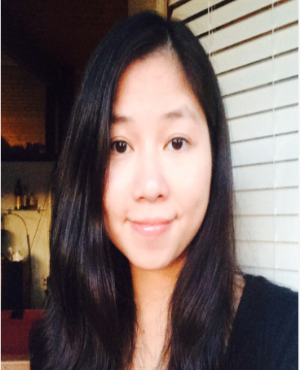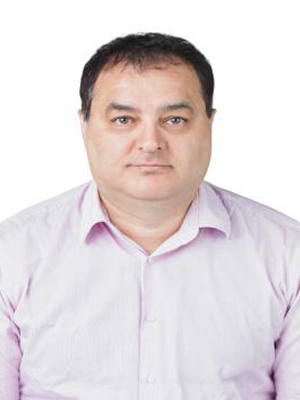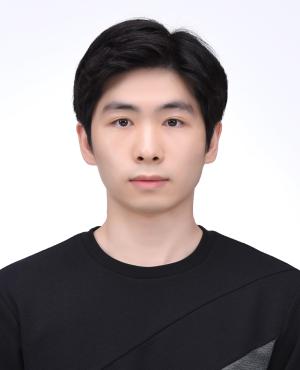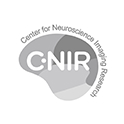People
People Search
Categories
Directory

- Information

- Kayuet Liu
- Professor
- Network neuroscience, Epidemiology, psychiatric and developmental disorders
- School of Medicine
- kayuet

- Information
Introduction
I joined the School of Medicine, SungKyunKwan University as a Professor since Nov 2024. I received my D.Phil. (Sociology) in 2008 from the University of Oxford. Then I worked as a post-doc on the Understanding Autism Project at Columbia University in New York before joining the Sociology Department at UCLA in 2012 as a faculty member.
My research has been focused on the intersections between social network analysis and social epidemiology. My major test cases are the diffusion of health conditions that people don't typically associate with network processes. I ask questions such as: under what circumstances suicides can have a large rippling effect? What are the roles of knowledge diffusion in the rising prevalence of autism? Using these cases, I demonstrate how paying attention to social networks can help us understand puzzling epidemiological patterns that cannot be readily explained by shifts in biological risks.
Currently, I have been exploring the utility of tools from network science in other domains such as neuroscience. I am applying networks and other methods to fruit fly connectome data and human brain imaging data.
My work has appeared in Journal of Neuroscience, Trends in Cognitive Sciences, American Journal of Sociology, Demography, Social Forces, International Journal of Epidemiology, Health and Space, and other journals. My research has been supported by grants from the National Institute of Health. I'm the lead author of the paper that received the Eliot Freidson Outstanding Publication Award in 2011.
Selected Recent Publication
Liu KY, Lau H (2022) Subjective experiences as nodes within mental disorder networks. Trends in Cognitive Sciences 26 (12) 1040-1042
Liu, K. Y., Teitler, J. O., Rajananda, S., Chegwin, V., Bearman, P. S., Hegyi, T., & Reichman, N. E. (2022). "Elective Deliveries and the Risk of Autism.” American Journal of Preventive Medicine
Taschereau-Dumouchel, V., Liu, Ka Y., Lau, H. (2018). Unconscious psychological treatments for physiological survival circuits. Current Opinion in Behavioral Sciences 24: 62-68
McCurdy, LY, Maniscalco, B, Metcalfe, J, Liu, Ka Y, de Lange, FP, Lau, H (2013). Anatomical coupling between distinct metacognitive systems for memory and visual perception. The Journal of Neuroscience 33(5): 1897-1906.
Liu Ka Y, King M, Bearman P (2010) Social influence and the autism epidemic. American Journal of Sociology 115(5): 1387–1434
Liu, Ka Y, Chen, E, Cheung A, Yip PSF (2009) Psychiatric history modifies the gender ratio of suicide rates. Social Psychiatry and Psychiatric Epidemiology 44(2):130-4

- Kamil Uludag
- Associate Professor
- MRI neuroimaging methodology, Foundations of fMRI, High-resolution fMRI, Arterial Spin Labeling, Neuroscience in healthy subjects and patients
- Department of Biomedical Engineering
- kamil.uludag

- Information
Detail
High-resolution fMRI Lab
Introduction
My lab is developing acquisition and analysis methods for high-resolution fMRI in humans. In particular, we are trying to image mesoscopic human brain function using MRI at 7 Tesla. To that end, novel fMRI sequences are developed and tested, analysis pipeline developed, and physiological model of ascending vein effects are applied to the data to remove spatial bias in the fMRI signal. In addition, we are interested in quantitative MRI approaches at 7 Tesla to study subcortical brain organization and cortical brain parcellation in both healthy subjects and patients. Finally, the lab pursues modeling brain connectivity using physiological principles and advanced computational approaches.Selected Recent Publication
1. J. Polimeni, K. Uludağ. Neuroimaging with Ultra-High Field MRI: Present and Future. NeuroImage 168, 1-532 (http://www.journals.elsevier.com/neuroimage/call-for-papers/neuroimaging-with-ultra-high-field-mri-present-and-future/, 2018, Publisher: Elsevier).
2. K. Uludağ, K. Ugurbil, L. Berliner. Functional MRI: From Nuclear Spins to Brain Function. (http://www.springer.com/gp/book/9781489975904, 2015, Publisher: Springer).
3. I. Marquardt, M. Schneider, O.F. Gulban, D. Ivanov, K. Uludağ. Cortical depth profiles of luminance contrast responses in human V1 and V2 using 7 T fMRI. Human Brain Mapping 39, 2812-27 (2018).
4. S. Kashyap, D. Ivanov, M. Havlicek, B. A. Poser, K. Uludağ. Impact of acquisition and analysis strategies on cortical depth-dependent fMRI. NeuroImage 168, 332-344 (2018).
5. K. Uludağ, P. Blinder. Linking brain vascular physiology to hemodynamic response in ultra-high field MRI. NeuroImage 168, 279-295 (2018).
6. M. Havlicek, A. Roebroeck, K. J. Friston, A. Gardumi, D. Ivanov, K. Uludağ. Physiologically informed dynamic causal models for fMRI. NeuroImage 122, 355-372 (2015).
- 1
- 2




